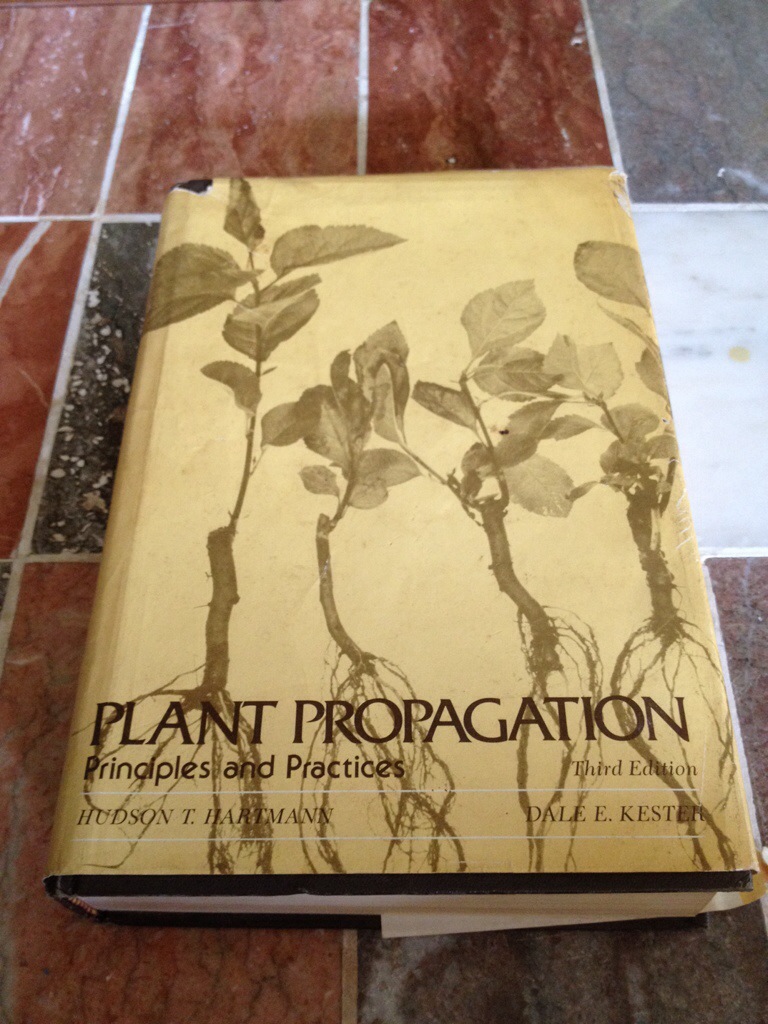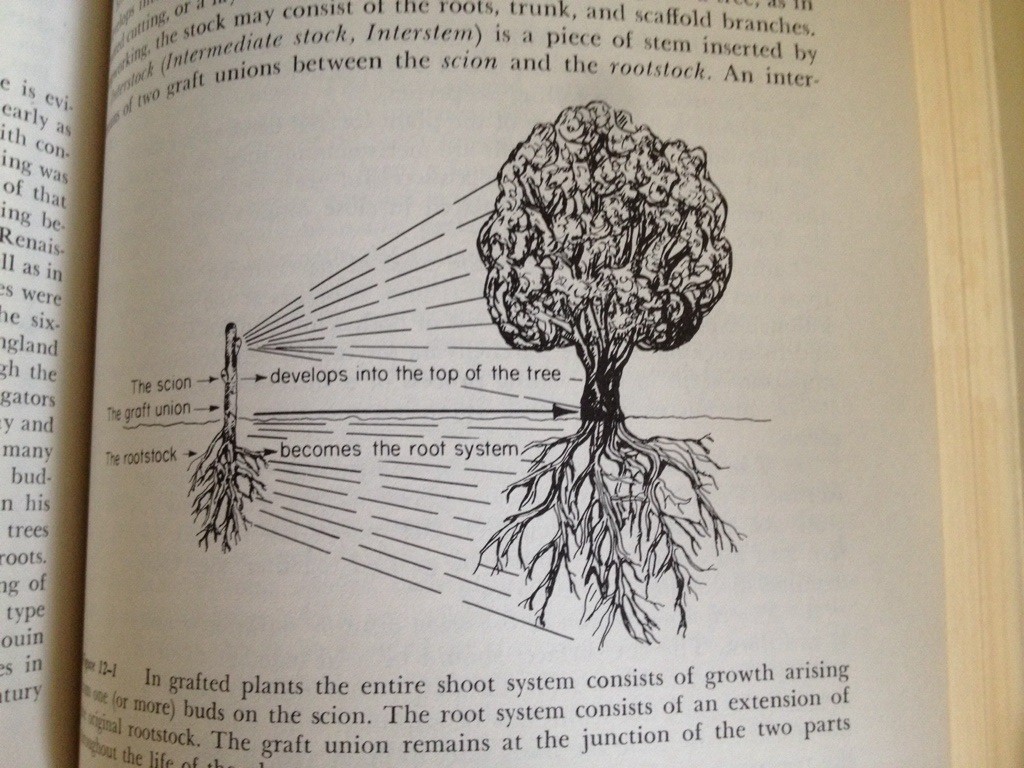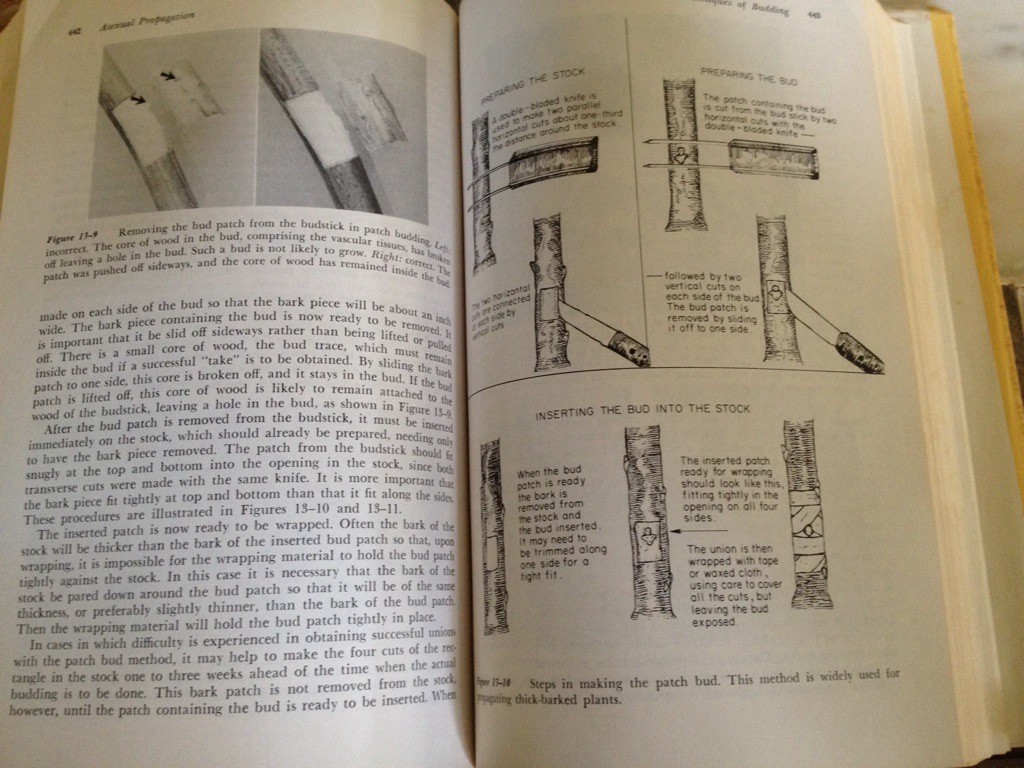jason and i are still a few years off from having children but we started collecting children’s books 2 years ago when we worked, for a short time, organizing thousands of books for an old book store.
both of us have always loved books, and i especially have always cherished children’s books. when he and i combined our libraries, we ended up with a double serving of every harry potter book and various other folk tales, fairy tales, myths, and legends for children.
after viewing many kid’s books at the old book store, we realized that a lot of them were in alignment with the life lessons and science/nature topics that we really hoped our child would have in their children’s books. so, we decided to buy a lot of them for our future child(ren)!
among the ones that drew our eye the most were those that were set on a farm, homestead, or in and among nature. some of the titles that i was most excited to see and read were:
- henrietta and the hat, written by mabel watts and illustrated by joan miller–in this tale, henrietta the horse desires a farmer’s hat. but, once the farmer is done with it, he uses it for other things and does not give it to her. over time, the hat gets worn out, all the while becoming more and more perfect for henrietta. in the end, perhaps she gets the hat after all…
- the great race, written and illustrated by paul goble–based on cheyenne and sioux mythologies, this beautifully illustrated tale tells how humans gained control over the mighty buffalo, with the help of a certain magpie ally.
- stopping by woods on a snowy evening,written by robert frost and illustrated by susan jeffers–this beautifully illustrated version of robert frost’s classic poem is illustrated in simple, black-and-white with splashes of color throughout. a treat!
although we chose many fiction books (oh, how i love fiction–especially fantasy and/or magical realism), i noticed that we trended toward choosing books that were based around the animal world (as many kid’s books are) where the main characters prove to be very brave and/or kind and unfailing loving.
the non-fiction that we chose were very science and fact based, usually also about animals or nature. some of my favorites of these are:
- bats, written by celia brand–this book is one of many of the eyes on nature series, which features many species of animals and includes dozens and dozens of fantastic bat close-up photos and interesting facts.
- desert discoveries, written by ginger wadsworth and illustrated by john carrozza–this book hosts beautiful drawings of desert animals with accompanying factoids. kids are also asked to find certain animals in a picture, and the book thus becomes a where’s waldo? of the desert!
- water dance, written and illustrated by thomas locker–this peaceful text talks about the water cycle in a rare, poetic form. this book certainly inspires awe in me.
also, we selected some books from the early 1900s which amazed us! one of these is called trees every child should know by julia e. rogers (copyright 1909) and it is a full length, 250+ page guide to identifying trees native to the united states. i was immediately excited about the potential for this book to educate me about trees just as much as my children. and, what a concept that needs renewing… the fact that there are trees that every kid should know!
i’ve realized through the process of creating a children’s library in our home, how selective i actually am about the kinds of books that my children will read–at least at first. of course our library will grow once these children actually exist, and the shelves will undoubtedly be lined with ballerina and/or zombie tales, but for their early years i would like them to start off by connecting to reading in a different way. i want their reading to be linked with learning, awe, and the true nature of the world–that’s why i am drawn to books about nature, science, “magic,” and relationships.
the way i see it, there will be plenty of time for them to identify other exciting themes and topics that they want to read about (and i by no means plan to limit their interests in any way), but in the beginning of their understanding of reading, i want to be able to read them books into which i can graft my own awe and joy, so that my excitement about nature, animals, loving, and living will be palpable for them.
later, when they can read the words themselves, i fully expect to see them reading some books that i would not have been caught dead opening in my own childhood (really? the power rangers?).
it would seem that the books we’ve chosen supplement very well what we have chosen to do here on our homestead: work towards self-reliance, build relationships that last with each other and our land and animals, value nature and all that comes with that, and find awe and joy in the little (but very big!) things in life.
this is my sense of peace and happiness and i hope to instill that in my children, in a small part through the books that they hear me read to them as babies and as little, young, monkey kids.
.:.






